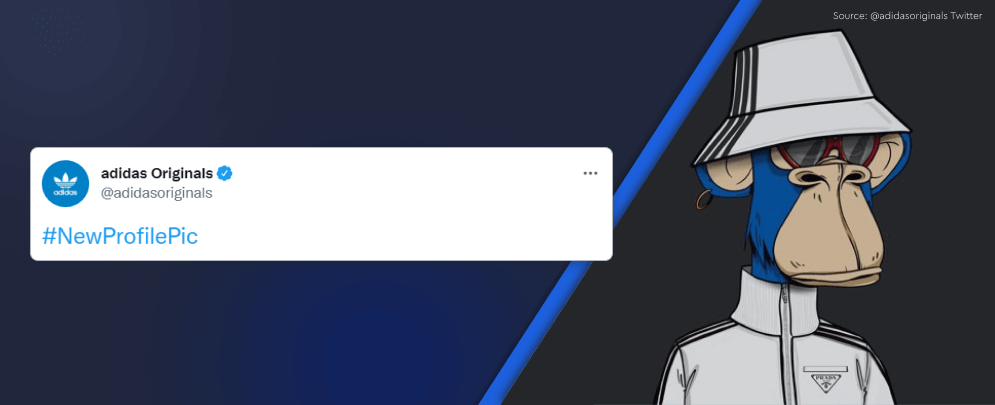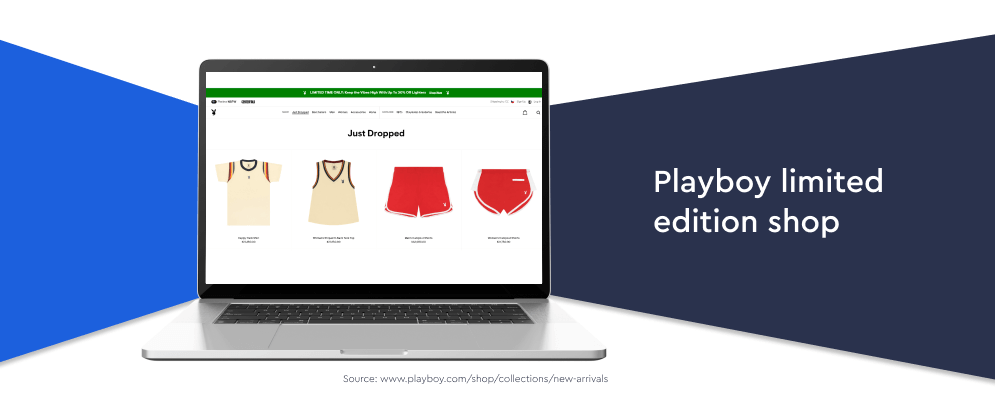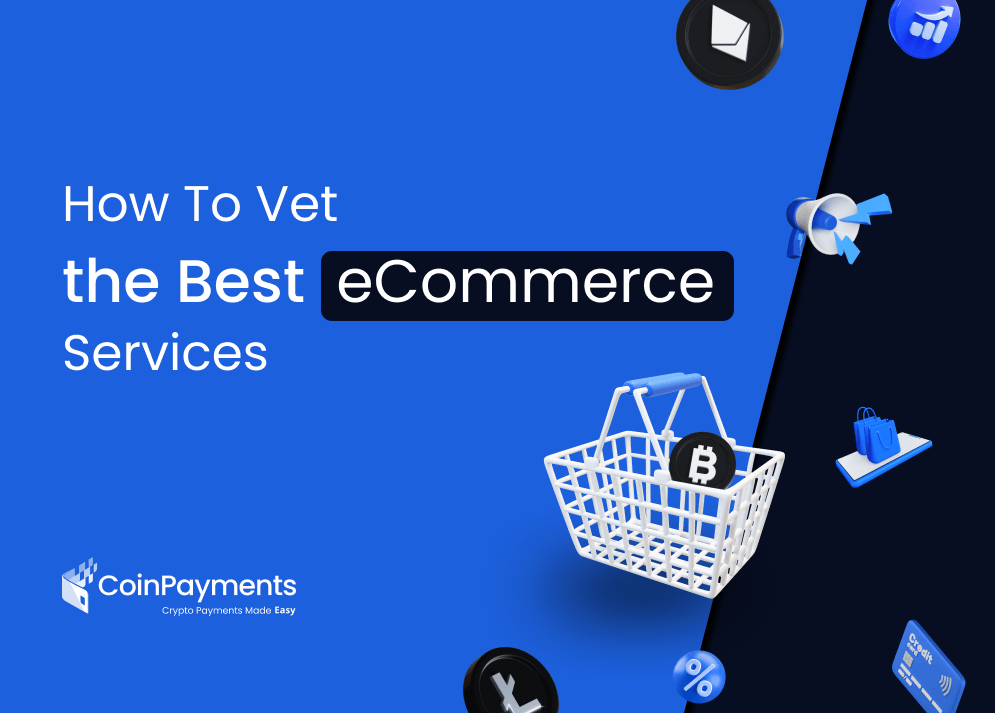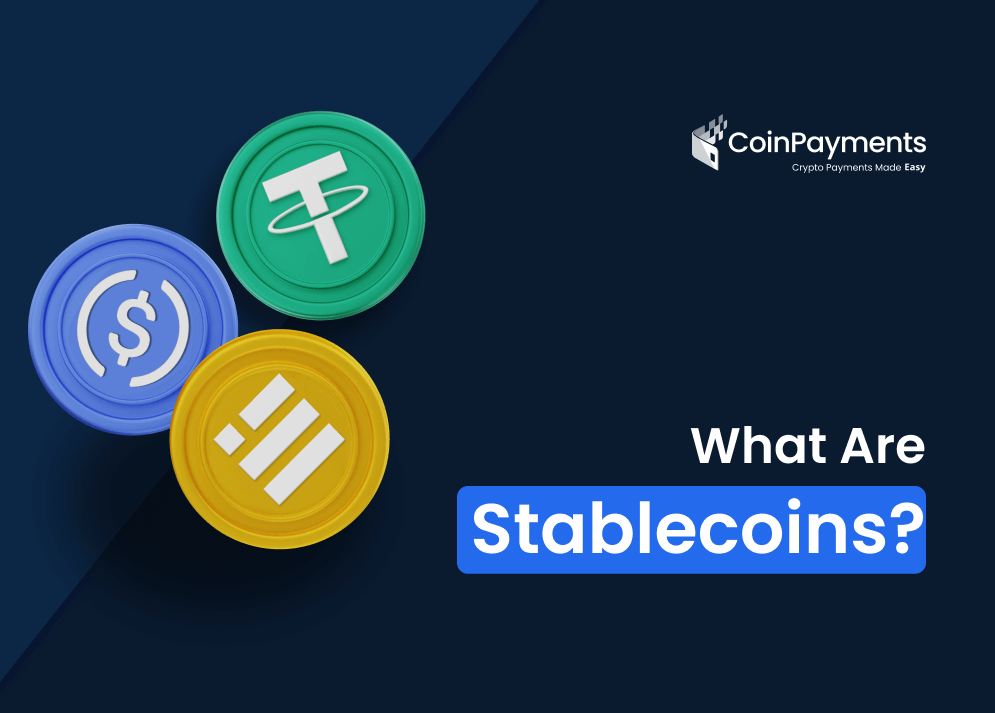
The Metaverse is confusing, there’s no doubt about it.
Lots of companies are throwing the term around, using it to describe what they are doing, or just trying to figure out how it fits into their business model.
One thing, however, is certain. The metaverse will change the face of eCommerce and has already started doing so.
What is the “Metaverse”?
The term “metaverse” first appeared in the 1992 novel “Snow Crash” but recently came to mainstream popularity when Facebook announced a change in name to “Meta”.
As a result of that, in October 2021 there were over 2.62 million Google searches for the term “metaverse” as the Internet collectively tried to figure out what it was, and what it meant for them.
Facebook was not the first to use the term, however. It was already popular among the crypto and NFT crowds on social media, used to describe a more interactive evolution of the Internet.

This idealised version utilises virtual reality (VR) to create environments as small as a single room, up to entire algorithmically generated universes, augmented reality (AR) to overlay created items or environments into the world around us, plus cryptocurrency and digital assets (NFTs) that can be bought and sold, which might even represent real-world items.
But, most of all, it represents personal ownership.
This is a core underlying tenet of web3, that you own an asset, you have full control over it, and no one can take it away from you without your permission.

The problem, and why the term “metaverse” is so complex, is that it is not a single technology built by a single company.
Rather, it is a combination of all these technologies, and more still to be developed, which anyone can combine to produce something greater than the sum of their parts.
But, while the metaverse is still developing, we can see that several major established companies have already taken strides toward becoming part of it.
NFTs & brand identity
NFTs, one of the biggest emerging technologies of 2021 form a key part of this change.
These digital assets which have existed in practice, if not in name, since 2014 are unique digital items stored on a blockchain.
In 2021, the rise of the “PFP” model of NFTs attached to unique graphics that users can change their profile pictures to on social media emerged as a key use case.

These became an easy way for individuals and companies to openly signal they were part of the web3 movement and were prepared to back this up by purchasing, often very expensive, items.
Adidas was an early mover by purchasing a “Bored Ape Yacht Club” NFT called “Indigo Hertz”, branding him with an Adidas tracksuit, and changing their profile pictures on social media to display him.

While it appears they purchased the NFT for 46 ETH (around $156,000 at the time) the cheapest Bored Ape is currently 110 ETH (around $352,000 at the time of writing), so for that reason alone, he’s been a good investment!
More than that, however, “Indigo” has allowed Adidas to be an early mover in the space and create a clear signal that the metaverse is key to their ongoing business strategy.
While Bored Apes are the best-known NFT project, celebrities, influencers, and companies are purchasing them from a range of projects to show they are part of the community.

But, the metaverse is more than just NFT profile pictures. Adidas, like many businesses, also purchased digital land in The Sandbox and launched their own NFT series where holders will have access to buy limited-edition merchandise.
Other projects, such as Head5, create digital items that can be owned and worn in the metaverse. This allows users to customise their characters to buy items but also allows them to resell them later on to other users, potentially at a profit.

Digital assets are fun, but physical items are still key in the Metaverse
This linking of digital assets to their real-world counterparts, or even limiting the purchase of the physical items to holders of specific digital items, is becoming more common and a key feature of the way eCommerce is changing.
Playboy has recently made several moves into the NFT and metaverse spaces, most prominently with their “Playboy Rabbitar” NFT series.

This NFT has a number of functions that continue to grow. While providing access to a “holders only” Discord group is fairly common, holders of Playboy Rabbitars also gain free membership access to Playboy digital services and websites.

They also recently provided a limited edition clothing shop, where holders had one week to log in and order custom jackets, t-shirts, and other items that non-holders were unable to access.
The “Deadfellaz” NFT series took this a step further by integrating with Metaverse Fashion Week.

This was a 4 day series of events held within the virtual world of Decentraland, including fashion shows, parties, and talks.
This event also integrated eCommerce heavily, with users able to purchase limited-edition fashion items designed by metaverse projects.
In the case of Deadfellaz, they partnered with Neuno, to sell a limited edition range of branded clothing that you order in VR stores, and pay for in cryptocurrency, but will be shipped to your real-world address.

As part of it, they also provide buyers with NFT items representing the outfits, which can be worn by their avatars within VR.
Currently complex, but soon to be mainstream?

At this point, it all sounds like normal online shopping but with extra steps, so why does it matter to you and your business?
Currently, we are at the early stages and the ability to shop in the metaverse is still a developing tool.
Buying items with cryptocurrency in VR using your avatar currently isn’t as easy as going to a normal website and buying something with your credit card, but it is a developing ecosystem.
For example, the ability to be online, using a virtual avatar, and then buying new clothing for that avatar which will change your appearance in-game is something many people are looking for.
As the entire metaverse industry of VR and AR continues to grow and become more mainstream, the expectations of users who spend time there will increase.
As we spend more time in the metaverse and it becomes integrated into our day-to-day lives, just as the Internet has, eCommerce functions will become commonplace within it.
This isn’t to say you need to go out and invest thousands buying a plot of land in the latest metaverse world, or an NFT for your business.
Instead, at this early stage, it is important to understand the audience of these products, to look at who they are, how they act, and what they want from companies.
Think about your products, and how they will appeal to a new generation of digital metaverse native shoppers. Could you sell digital products linked to your physical products or even purely digital products?
That way, eCommerce businesses can start to plan for metaverse mainstream adoption, use cryptocurrencies, so they have the resources if they decide to move into the metaverse, and look at how to engage with new audiences looking to use their products.




